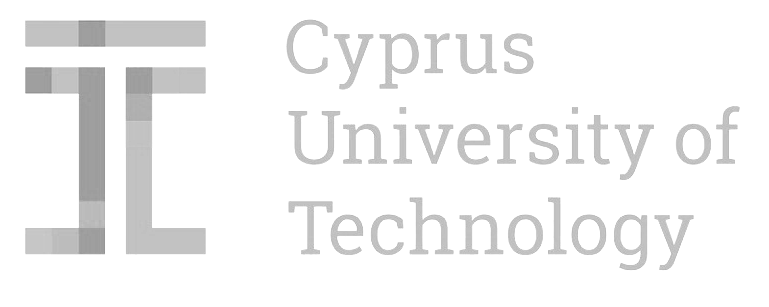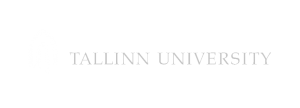Entry Requirements
The MSc in Interaction Design is designed for students with a Bachelor’s degree, who have a strong interest in the human aspects of interactive systems and a background preferably, or related to, Computer Science, Informatics, Design, Media Studies, Internet Studies, Social sciences, Psychology and Education.
The course suits well both recent graduates and professionals.
Students wishing to enrol in the program must possess the following qualifications:
- A degree in a related field (e.g Computer Science, Informatics, Design, Media Studies, Internet Studies, Social Sciences, Psychology and Education) with a minimum grade point average (GPA) of 6.5/10, or equivalent, from a recognized and accredited university.
- Excellent command of the English language. Graduates from a non-English speaking university may be required to produce evidence to prove their proficiency in the English Language. See Proof of English Proficiency. Validity exception clause: If the examination certificate provided has an expiration date, and the expiration date will cause it to be invalid at the time of commencement of studies, then the candidate can proceed to the admission exam which will include an academic member of staff of the Language Center of CUT that will verify that the proficiency level of the candidate is suitable for commencing studies in English.
Candidates that meet the entry requirements are invited to the admission exam.
The admission exam consists of two parts:
- Documentation assessment (CV and a motivation letter);
- Interview
A Curriculum Vitae (CV) (up to two pages) should provide an overview of the applicant’s previous experience and skills on an academic and professional level. The CV can include up to 5 individual works with a brief description in Annexes. The work should represent and identify the skills of the candidate. The work description should include a summary and relevant background information, and the candidate should highlight their role and contribution.
A motivation letter (up to one page) should clearly explain the applicant’s motivation for applying to the programme. This should focus on why the applicant wishes to pursue this graduate program, research interests as well as what expected achievements through studying in the programme. The applicant may indicate specific areas of academic and research interest and experience from the relevant past. It is possible to refer to the CV to save space.
The admission interview is conducted online using video conference software. The identity of the candidate is verified using an online identity verification system.
Assessment criteria:
- Relevance and excellence of academic background
- Relevant experience and professional training
- Intentions and motivation
- Skills and expectations
- English language skills
Each member of the admission exam committee assesses all the assessment criteria individually on a 5-point scale. The total score of the admission exam is recalculated to a 100-point scale.
The interview consist of two main parts. The first part focuses on applicant’s intentions, motivation and english language skills. The second part focuses on applicants’ skills (i.e design skills, research skills, software development skills, communication skills, English language skills) and expectations.
ADMISSION STATUS
OPEN
Applications for January are open until November 10th 2024
KEY FACTS
Expected length: 2 to 4 years
Places in 2023-2024: 20
Applications/year*: 42
Expected start: September 2025
Fees: €9.600 for the whole programme
* two year average
Offered by


Tuition Fees
Tuition fees: €9.600 for the whole programme
Application Deadline
Applications for January 2025 are open until 10th of November 2024
Contact us
For further information and enquiries contact us via email: info@idmaster.eu